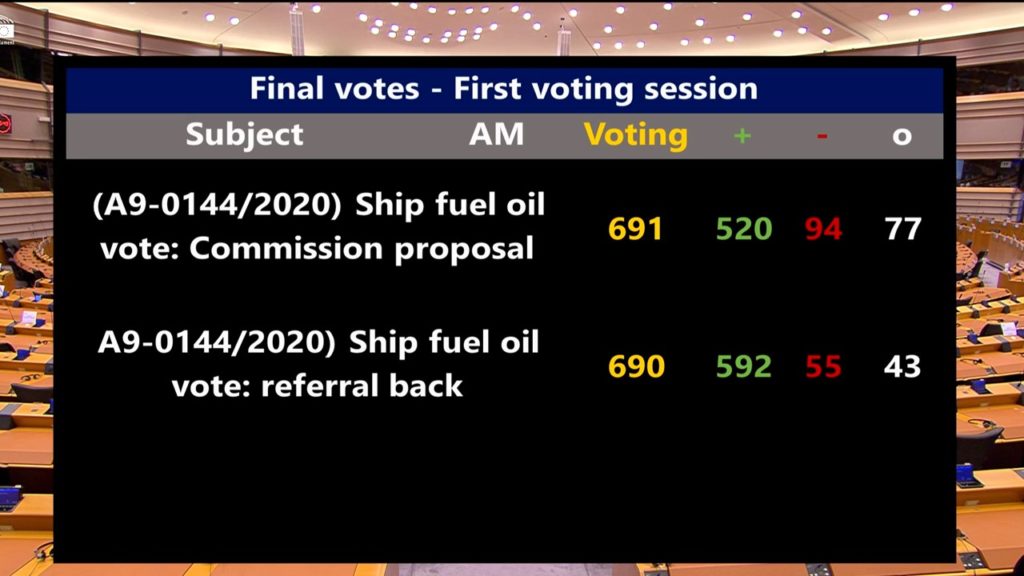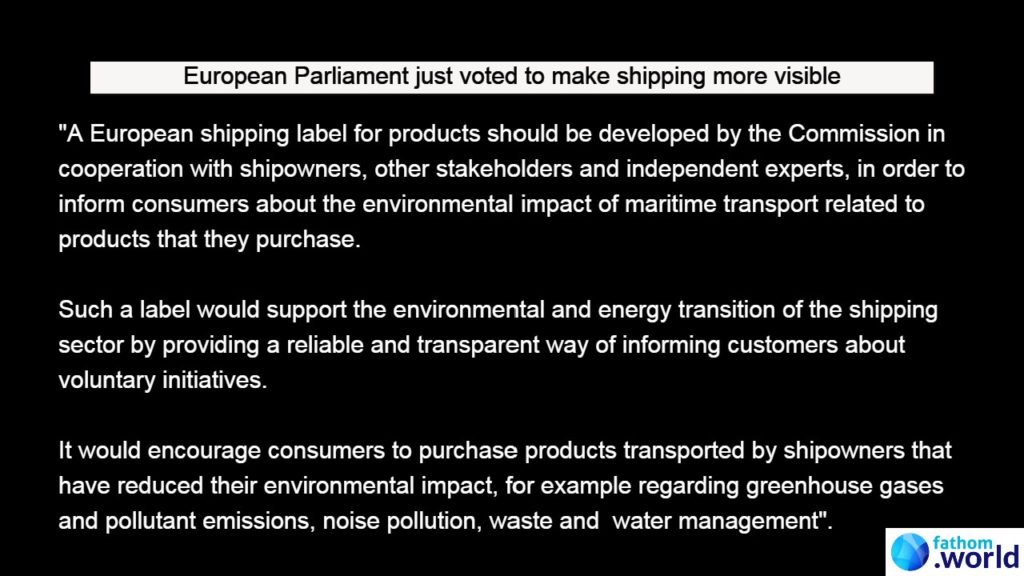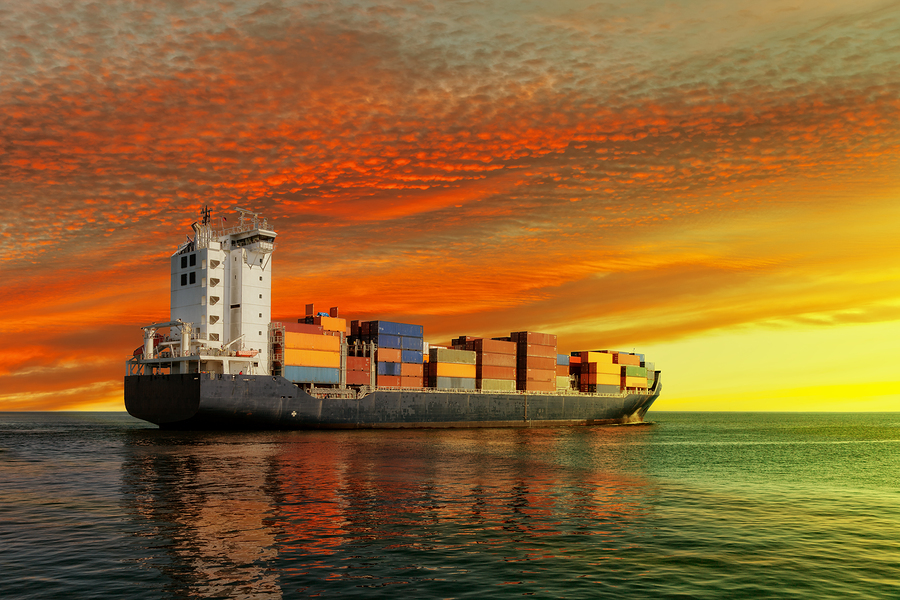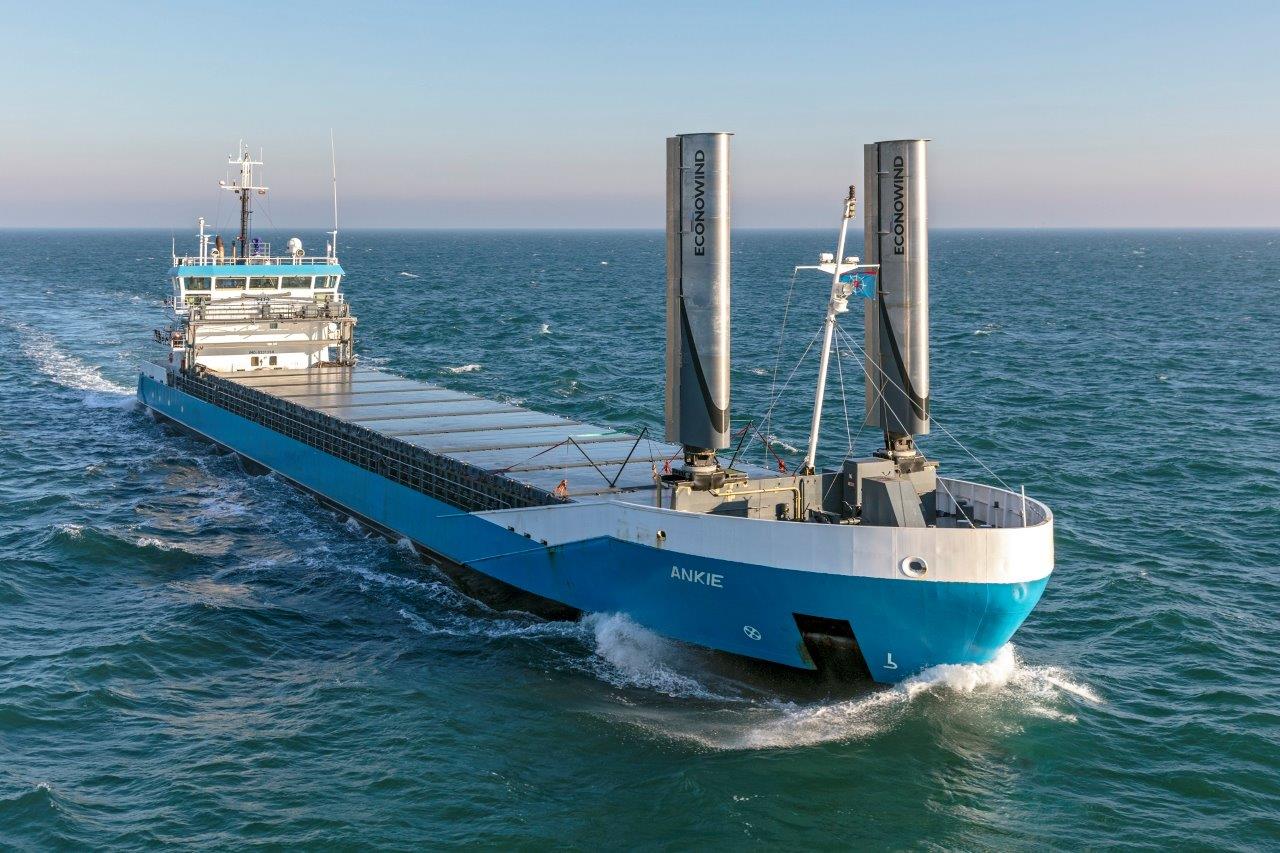Shipping is to join the EU ETS says the European Parliament which also wants a shipping environmental label on the products we buy in the stores. But is the data robust enough?
The members of the European Parliament have agreed to proposals to include shipping in the regions carbon trading system and to force it to make a 40% cut in energy efficiency over the coming 10 years. It also agreed to make shipping more visible by getting the European Commission to develop a consume focused packaging label, possibly similar to something already seen with grocery products shipped by airfreight.
Trading
Martin Dorsman, secretary General of the European Community Shipowners’ Association, said the push to make vessel owners or operators trade in the bloc’s emission trading system should be done with care.
“The normal procedure is (for such a fundamental proposal for the shipping industry), one of the first steps would be an impact assessment, to really have a good look at what this proposal might have for consequences, and depending on the impact assessments decide whether or not it is a just proposal,” he said, adding that the European Commission has also been looking at a proposal to bring the industry into the ETS.
“So we await the first step of the Commission to present the inception of the impact assessment and we wait to contribute to that first step in the procedure,” he said. “We are willing and able to contribute to a proper procedure and the next step we are waiting for the next step of the Commission is the inception impact assessment and we take it from there”.
The proposal
The European Parliament actually voted on a proposal that had started out as an attempt to align the MRV regulation (making vessels over 5000 tonnes who call at European ports monitor, report and have independently verified their emissions and cargo work) with the now active data collection system that the IMO has brought into place.
However the request was amended and delivered as a vote to align the MRV data with the blocs emission trading scheme thus making shipping part of Europe’s decarbonisation efforts.
While the text was formally adopted in Tuesday’s plenary, it was actually voted on the following day where out of 691 MEPs 520 voted in favour while 173 either voted against or abstained.

Shipping gets visible
The amended text also includes a request to the European Commission to develop a consumer label a new amendment stated:
“A European shipping label for products should be developed by the Commission in cooperation with shipowners, other stakeholders and independent experts, in order to inform consumers about the environmental impact of maritime transport related to products that they purchase.”
It goes on to state: “It would encourage consumers to purchase products transported by shipowners that have reduced their environmental impact, for example regarding greenhouse gases and pollutant emissions, noise pollution, waste and water management”.

MEP Jutta Paulus, (the MEP rapporteur who pushed the proposal through its stages) told Fathom World in an exclusive interview ahead of the vote that she was keen to see shipping be forced to take more decarbonisation, saying she was dubious of the IMO’ track record. (subscribers have access to the full recording).
Following the vote the German Green Party MEP said through an email to Fathom World:
“I am very happy with the outcome. For the very first time, a Parliament voted to apply the polluter-pays-principle to the shipping sector! And the mandatory efficiency target is bound to spur investment in alternative fuels and wind propulsion. The broad majority achieved today gives me a good base for negotiations with the Council of Member States.”
In the green proposal at the European parliament the MEP called also for an Ocean Fund for the period from 2022 to 2030, to be “financed by revenues from auctioning allowances under the ETS, to make ships more energy-efficient and to support investment in innovative technologies and infrastructure, such as alternative fuel and green ports”.
“20 % of the revenues under the Fund should be used to contribute to protecting, restoring and efficiently managing marine ecosystems impacted by global warming”.
While this may happen, Paulus, and even the Commission president Ursula Van der Leyen have indicated that EU revenues from the ETS will also go towards general COVID mitigation efforts.
In other discussions this week Brussels has also examined to including other energy sectors such as car fuels into the ETS as it pushes hard to strengthen its low carbon future drive. The next phase of the EU ETS is set to start in 2022.
Patchwork
However ECSA and other shipowner groups remain worried about regional measures, keen to push focus onto the work at the IMO which has been trying to work through a tough agenda programme at its marine environmental Protection committee despite having meetings cancelled due to the Covid-19 restrictions.
“We argue for the EU to play a very proactive and ambitious role in the IMO, to contribute positively to the IMO process, “ said Dorsman. “The EU says it is doing that, and hopefully they are succeeding but it is hard to say how it (the decision to push for regional measures) will influence the IMO process. We are afraid of course that it will have negative impact. And if other regions in the world will also introduce their own regional measures then we are moving into a sub-optimal and ineffective patchwork of regional measures, and that is the last thing we aim for of course.”
The European ETS is not the only emissions trading mechanism in the world, experts at the International Emissions Trading Association point to more than 20, but none have so far included shipping apart from one, around Shanghai, China, which has included ports and local/national shipping.
Data Problems?
The details of how shipping will be included into he EU’s ETS has yet to be decided, but it will likely be based on the reported data by vessels into the MRV system. However even the first report from the MRV for shipping highlighted some teething problems with the data.
The MRV system began with vessel data for 2018 having to be submitted, and the results when published by the Commission showed that over 11,600 vessels over 5,000 gross tonnes called at European parts in that year and had to submit verified data representing 38% of the global fleet that is over 5,000GT)
And to put this into perspective, the first MRV report showed that these 11,600 ships emitted 138m tonnes of CO2 while the 4th GHG emissions report states that all international shipping emitted 1,056m tonnes in 2018.
The first MRV report highlights that there are some key missing data for information that was supposed to be submitted: 17% of the reports lacked full addresses on shipowners, and 30% lacked contact person addresses. About 13% of the reporting vessels lacked EEDI or EIV data in their reports. Also the EU reporting system for port state inspections showed that 1,323 vessels made port calls in the EEA in 2018, but were missing in the MRV, while 741 vessels registered in the system had not submitted emissions report for analysis.
































